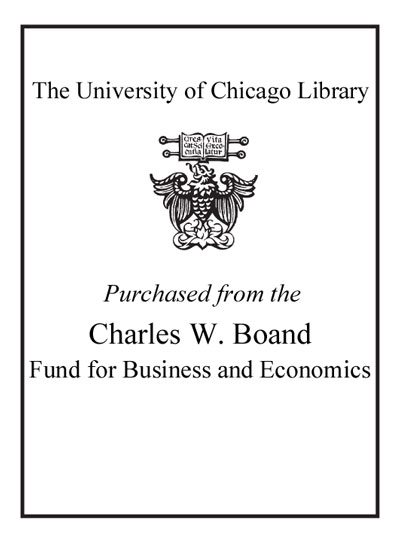Monetary and financial integration in East Asia : the way ahead /
Saved in:
| Imprint: | Basingstoke, Hampshire ; New York : Palgrave Macmillan, 2004. |
|---|---|
| Description: | 2 v. : ill. ; 25 cm. |
| Language: | English |
| Subject: | |
| Format: | Print Book |
| URL for this record: | http://pi.lib.uchicago.edu/1001/cat/bib/5138403 |
Table of Contents:
- Tables, Figures, and Boxes
- Foreword
- Acknowledgments
- Contributors
- Abbreviations
- 1. Currency unions for the world
- Mundell and optimum currency areas
- Money and national pride
- The world evolution toward currency unions
- Currency unions and trading costs
- Currency unions and commitment
- Independent monetary policy
- Co-movements of outputs and prices
- Accommodations by the anchor country and seigniorage revenue
- Currency union and long-term finance
- Lender of last resort
- Selection of anchor currencies
- Sequencing and preconditions in adopting a currency union
- Which currency areas?
- What changes with currency adoption?
- Conclusions
- 2. The case for floating exchange rates in Asia
- The Asian context
- The trilemma: any easy ways out?
- Has the demise of intermediate regimes been exaggerated?
- Can collective pegs finesse the problem?
- The role of the exchange rate in inflation targeting
- The role of international cooperation
- Is floating now incompatible with monetary unification later?
- Conclusion
- 3. Lessons from exchange rate regimes in emerging economies
- Classifying countries into regimes
- Advantages of fixed exchange rates versus floating
- Frameworks for tallying up the advantages
- The rise and fall of the corners hypothesis
- Empirical evidence on the performance of regimes
- Other possible nominal anchors
- Implications for East Asia
- 4. A currency union for East Asia
- An empirical specification of output co-movements
- Decomposition of output variations in East Asian and European countries
- Determinants of output co-movements
- Trade integration and currency union in East Asia
- Implications of capital market integration for an Asian currency union
- Concluding remarks
- Appendix 4.1. Derivation of the state-space model
- Appendix 4.2. Finding the starting point for numerical maximization
- 5. The East Asian exchange rate dilemma and the world dollar standard
- The world dollar standard in historical perspective
- The East Asian exchange rate dilemma
- 6. Costs, benefits, and constraints of the currency basket regime for East Asia
- Benefits of a currency basket regime
- Costs of adopting the currency basket regime for East Asia
- Constraints on adopting the currency basket regime
- A common basket in East Asia
- Conclusions: an assessment
- 7. Regional exchange rate arrangements: lessons from Europe for East Asia
- Should regions aim at monetary unions? Brief record of the EMU
- Exchange rate stability
- Fixed and adjustable regimes
- The role of institutions
- Lessons from Europe for East Asia
- 8. Centralized reserve pooling for the ASEAN+3 countries
- The rationale for holding reserves
- Reserve accumulation in East Asia after the crisis
- Assessing the size and benefits of a reserve pool
- Institutional arrangements and modalities for a centralized pool
- Summary and concluding remarks
- Appendix 8.1. Cost-benefit calculus determining optimal reserve holdings
- 9. Methods of information exchange and surveillance for regional financial cooperation
- Regional financial surveillance
- Prevention of domestic financial instability
- Conclusion
- Appendix 9.1. Common features of financial sectors in East Asian countries
- Appendix 9.2. Countercyclical prudential measures
- Appendix 9.3. Asset prices and monetary policy
- 10. The European Monetary Union
- The EMU: a brief history
- Prerequisites for the EMU
- Financial integration
- European monetary integration: an appraisal
- Conclusions for Asia
- 11. A timely information exchange mechanism, an effective surveillance system, and an improved financial architecture for East Asia
- Conceptual framework
- Regional or subregional initiatives among the ASEAN+3 countries
- How to enhance the ASEAN+3 surveillance process
- Building institutional arrangements for policy dialogue
- Conclusion

